More on the Middle East — Abu Dhabi
April 24, 2023
After visiting Dubai we sailed over to Abu Dhabi — the capital city of the United Arab Emirates (UAE). It is the second largest city of the UAE, after Dubai. As of 2018 the population of Abu Dhabi was about 1.8 million people. However, most of the population consists of ex-pats; less than 500,000 are UAE citizens. Citizenship is largely restricted to children of men who are UAE citizens.
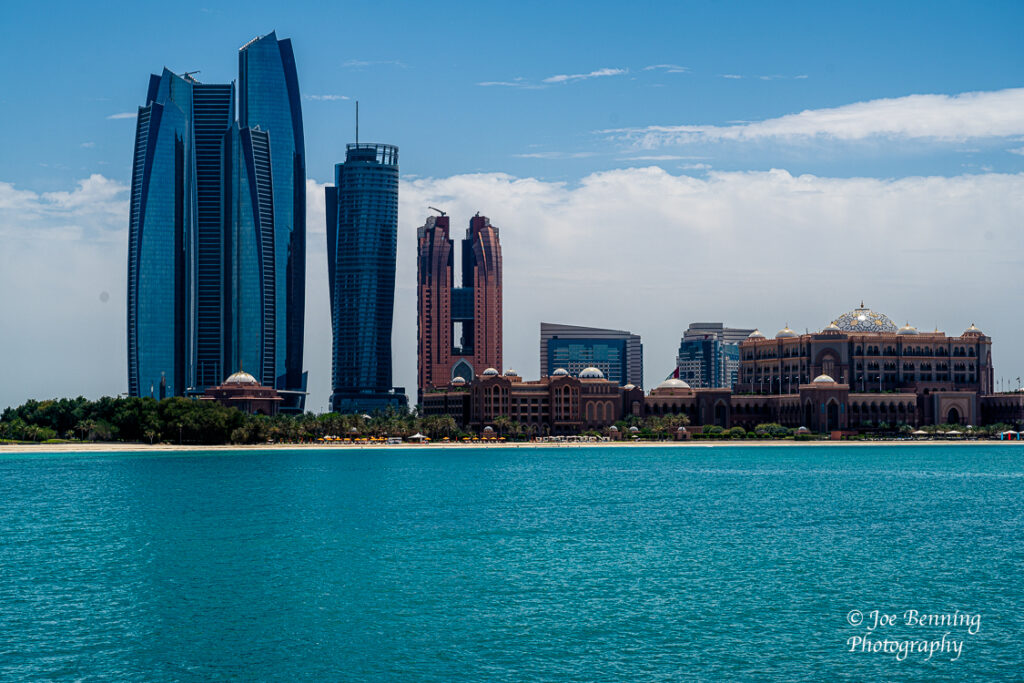
The majority of ex-pats are migrant workers from lots of different countries, including Pakistan, Nepal, India, Eritrea, Ethiopia, Somalia, Bangladesh, Sri Lanka and the Philippines. Not to mention China, France, the UK, Italy and Serbia. Largely owing to its vast oil and gas reserves, Abu Dhabi has one of the highest per capita GDPs in the world. The reserves are mostly owned (about 95%) by the government. The official state religion is Islam.
Abu Dhabi emphasizes educating the population and welcomes foreign universities. For instance, INSEAD, NYU and the Sorbonne have campuses in Abu Dhabi.
One of they key features of the city’s architectural history is the Sheikh Zayed Grand Mosque. It is an architectural masterpiece, recently built, and one of the largest mosques in the world. Mary Anne and I spent a good deal of time there.
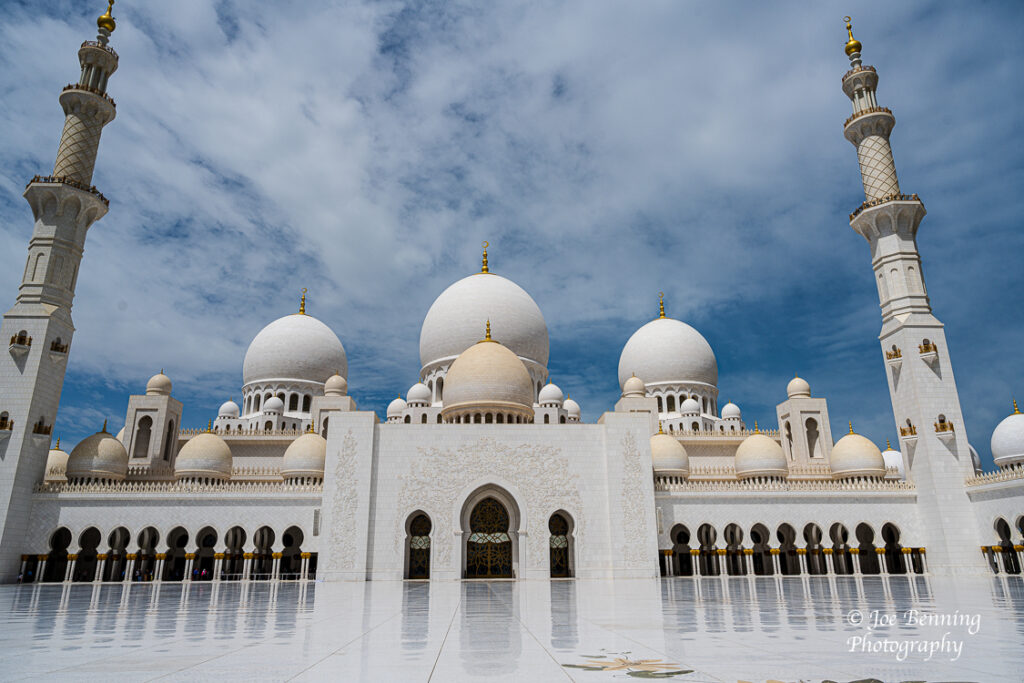
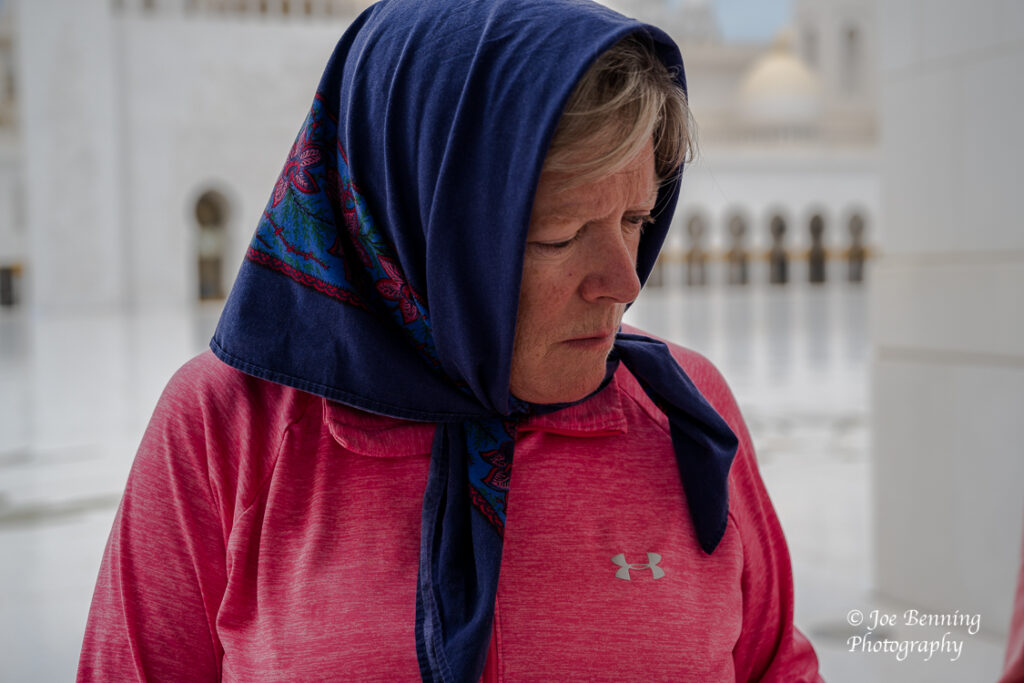
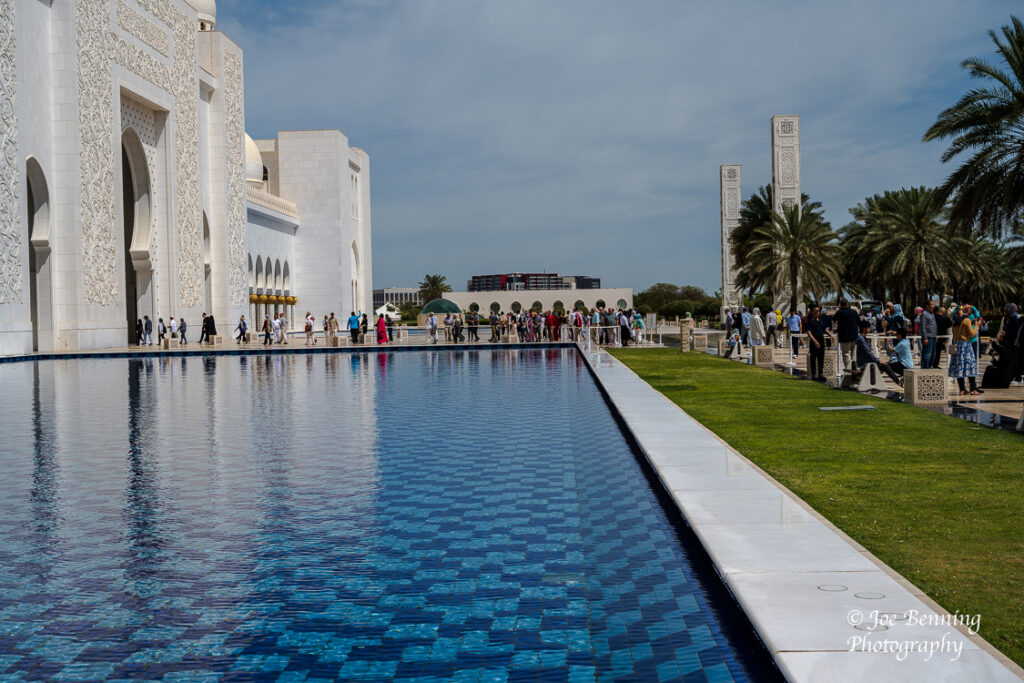
We also went to a heritage site where we could see the city skyline. And a camel.
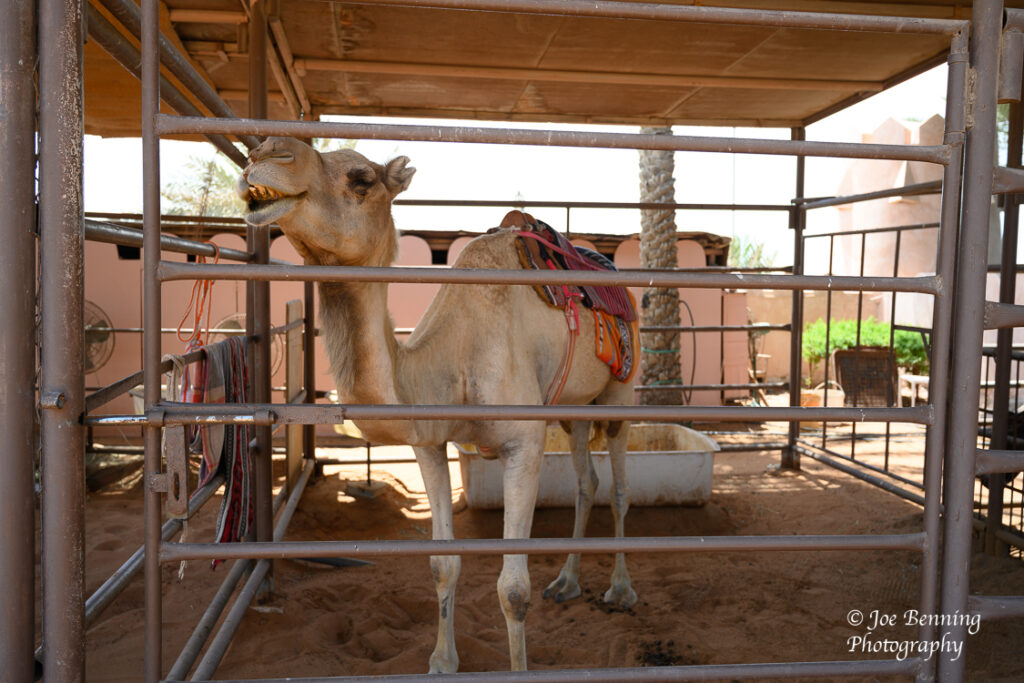
It should also be noted that we were there during Ramadan. All told the city was vibrant, bustling, modern and clean. That said you really wouldn’t really depend on the powers that be to defend individual rights. Essentially, there aren’t any. What rights you have in practice pretty much depends on the attitude of the Emirs. The Western notion of rights bearing individuals who are protected by the separation of powers is alien. Unfortunately it seems as if that idea is alien to a lot of Western university students too. I like to think this too shall pass.
Anyway, the general travel rule—don’t lecture the locals and annoy them—seems to hold here.
Joe
